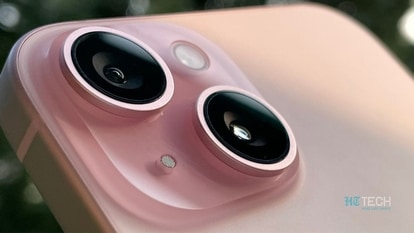NASA BurstCube: Tiny satellite en route to International Space Station to probe cosmic mysteries
NASA's tiny BurstCube satellite is en route to the International Space Station to study short gamma-ray bursts to advance our cosmic understanding.

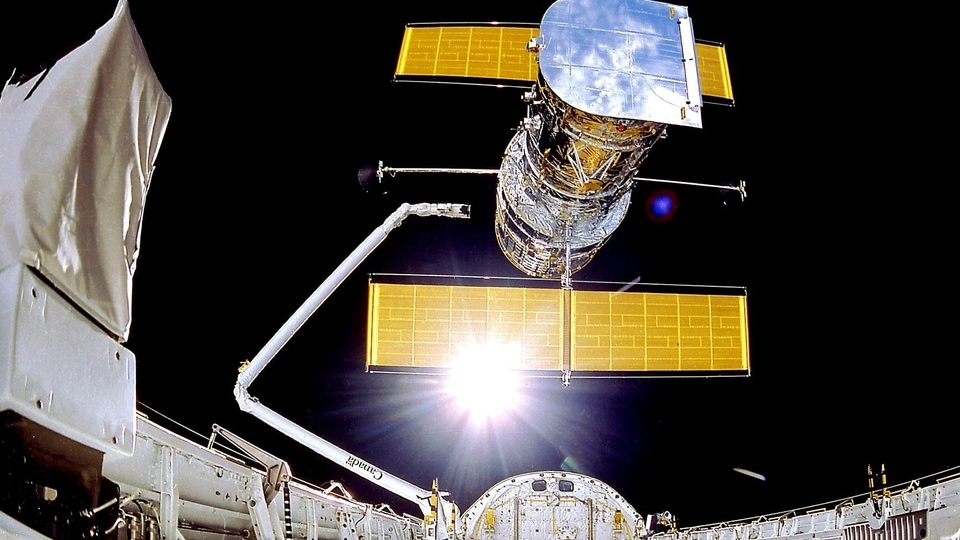
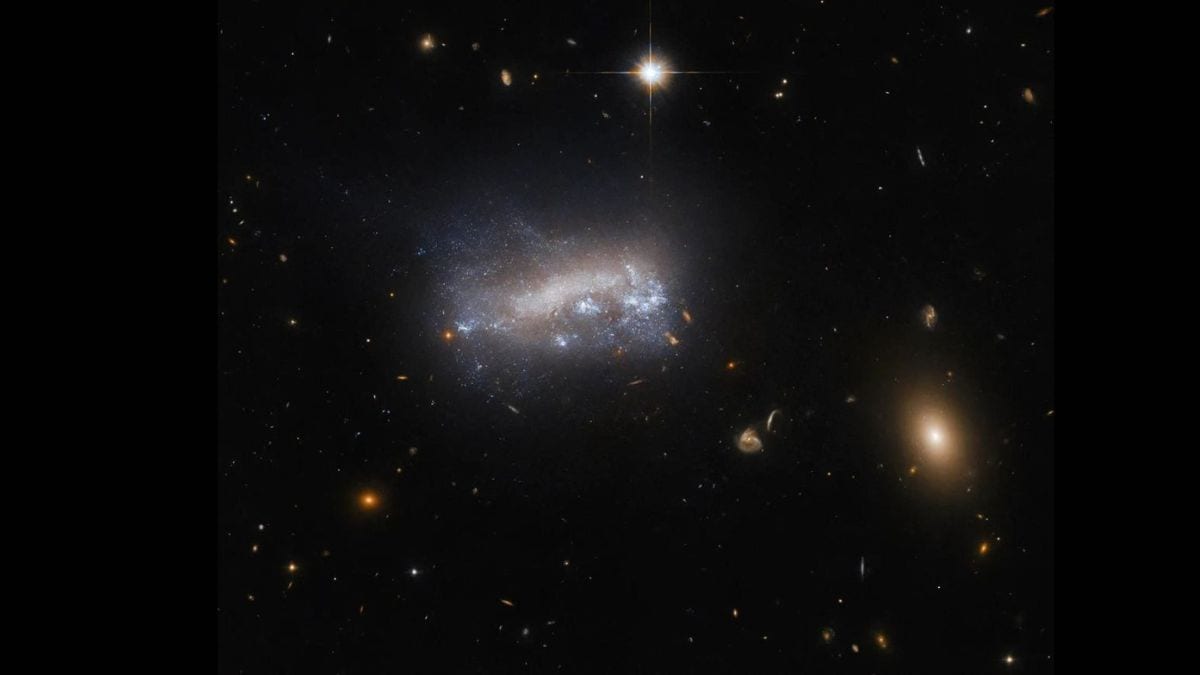
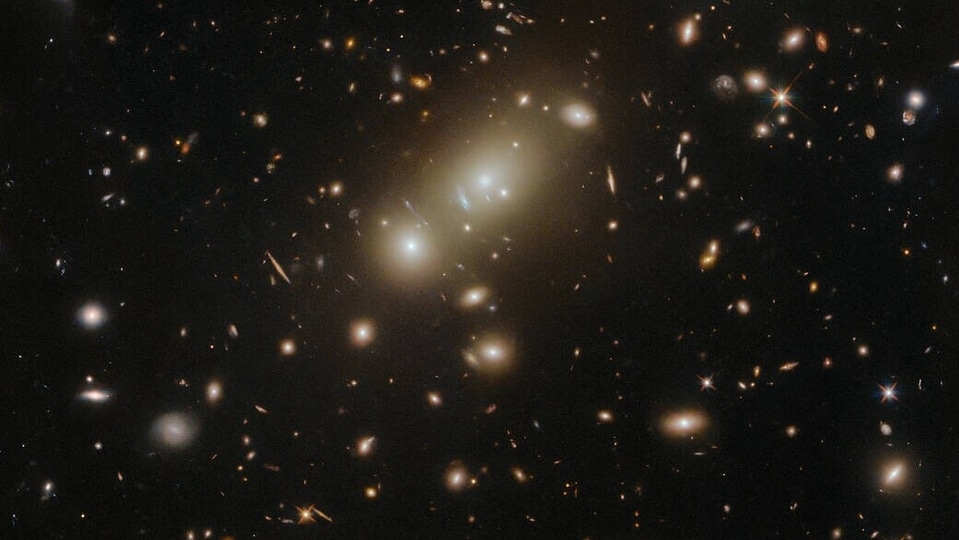
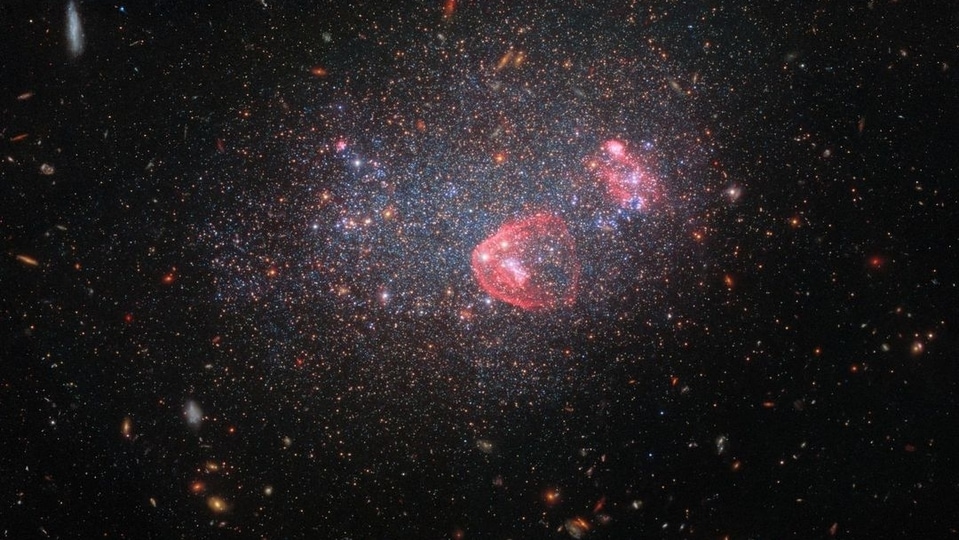
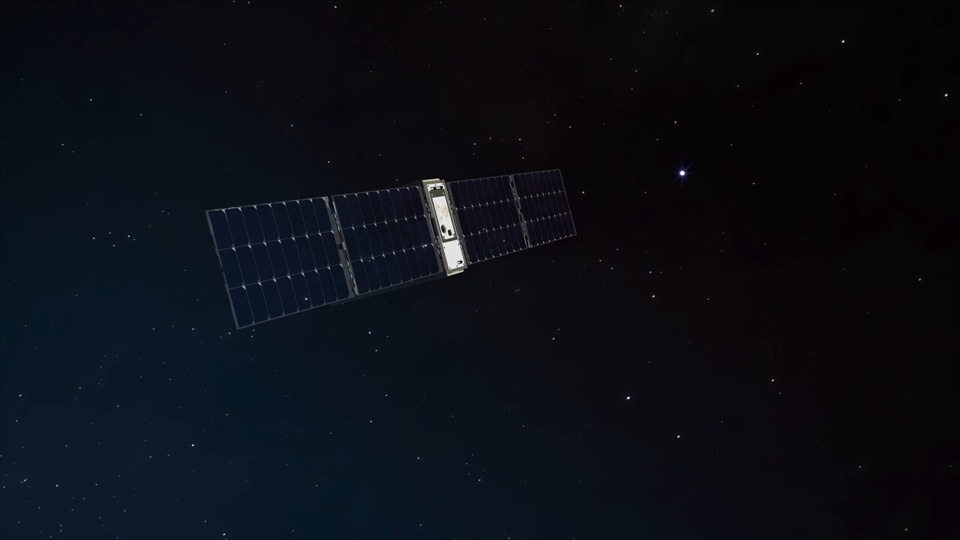
 View all Images
View all ImagesNASA's diminutive BurstCube satellite is now making its way to the International Space Station (ISS) aboard SpaceX's Dragon resupply spacecraft. It lifted off at 4:55 p.m. EDT on Thursday, March 21, from Launch Complex 40 at Cape Canaveral Space Force Station in Florida, BurstCube is poised to embark on a significant mission.
BurstCube Satellite Mission Objective
Upon arrival at the ISS, BurstCube will be unpacked and subsequently released into orbit. Its primary objective? To detect, locate, and analyze short gamma-ray bursts- transient bursts of high-energy light that hold crucial insights into cosmic phenomena.
Also read: Gigantic 420-foot asteroid to pass Earth soon, reveals NASA; Know how close it will come
Jeremy Perkins, BurstCube's principal investigator at NASA's Goddard Space Flight Center in Greenbelt, Maryland, emphasised the satellite's multifaceted role. "BurstCube may be small, but in addition to investigating these extreme events, it's testing new technology and providing important experience for early career astronomers and aerospace engineers," Perkins stated.
Short gamma-ray bursts, often stemming from the collisions of neutron stars, offer astronomers a unique window into the universe's workings. These cataclysmic events not only emit high-energy light but can also generate gravitational waves – disturbances in the fabric of spacetime.
The simultaneous study of gamma-ray bursts and gravitational waves represents a burgeoning field known as multi-messenger astronomy, shedding light on different facets of cosmic phenomena. Moreover, the collisions that give rise to gamma-ray bursts yield heavy elements crucial for life's existence.
BurstCube's Precision Instruments
BurstCube's detectors are meticulously designed to cover a wide swath of the sky, enhancing the odds of capturing concurrent bursts alongside gravitational wave detections. With its ability to detect gamma rays ranging from 50,000 to 1 million electron volts, BurstCube is poised to contribute substantially to our understanding of these celestial events.
Also read: Geomagnetic storm alert issued as CME grazes Earth; Know the solar storm danger today
As part of the CubeSat class of spacecraft, BurstCube exemplifies the potential of small satellites to revolutionize space exploration. Leveraging standardized components and novel technologies, BurstCube exemplifies a cost-effective approach to space science.
Led by NASA's Goddard Space Flight Center and funded by NASA Headquarters, BurstCube's collaboration spans multiple institutions, underscoring the collaborative nature of space exploration.
In the pursuit of unravelling the mysteries of the cosmos, BurstCube represents a significant step forward, poised to expand our understanding of gamma-ray bursts and their cosmic implications.
One more thing! We are now on WhatsApp Channels! Follow us there so you never miss any update from the world of technology. To follow the HT Tech channel on WhatsApp, click here to join now!
Catch all the Latest Tech News, Mobile News, Laptop News, Gaming news, Wearables News , How To News, also keep up with us on Whatsapp channel,Twitter, Facebook, Google News, and Instagram. For our latest videos, subscribe to our YouTube channel.





























